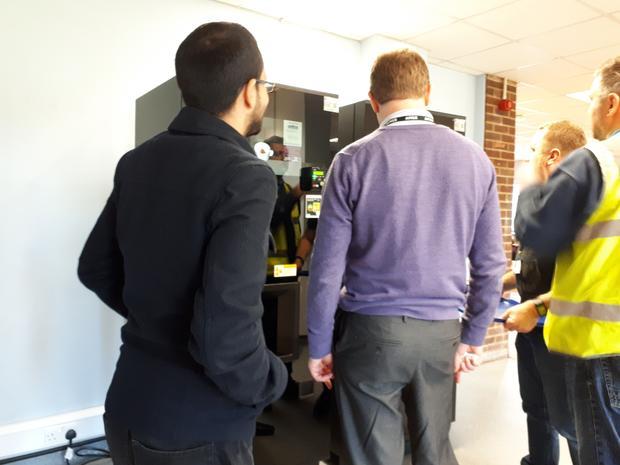Time spent making tea or coffee costs businesses time, although it also may also lead to a more productive team of workers in the office. New analysis looks at the cost to businesses from office workers brewing their favourite beverage, and in doing so, there’s a case to be made for the use of digitally enabled, faster vending machines.
Data from online retailer, Tea and Coffee, indicates just how much the brewing, stirring and sugar measuring can ‘earn’ the average worker over the course of their working life without completing your barista courses.
Analysing data derived from an online survey, tea drinkers can now assess how much money they get paid for all of the time they spend making their brew at work. Tea and Coffee have worked out that on average a person within the workplace will earn £27,745 ($30,000), from within their overall salary, making hot drinks over the course of their lifetime. By industry this differs:
Architecture – £37,295.41 ($40,000)
Sales – £23,261.09 ($25,000)
Software Development – £32,276.90 ($35,000)
Graphic Design – £23,497.60 ($25,000)
Data Analyst – £30,716.23 ($33,000)
The company Tea and Coffee were able to deduce from this study that the accountancy industry spent the most time away from their workstations to make hot drinks for themselves, with accountants earning on average £42,000 ($45,000) in their lifetime making tea. People within the Video, Film & TV industry cost their companies the least amount of total tea making money over their lifetime totalling at just over £21,000 ($23,000).
In terms of geography, people working within The City of Westminster and the town of Harlow earn the most from their time at the kettle compared to those working in the areas of Thornton-Cleveleys and Felling who sit at the opposite end of the hot drink league table earning the least from their time at the kettle.
With a new digital tool, any person can figure out just how much time they spend away from the desk and stood in their workplace kitchenette trying to make the perfect beverage. This is based on tea making frequency and strength along with an individual’s location and job role.
















